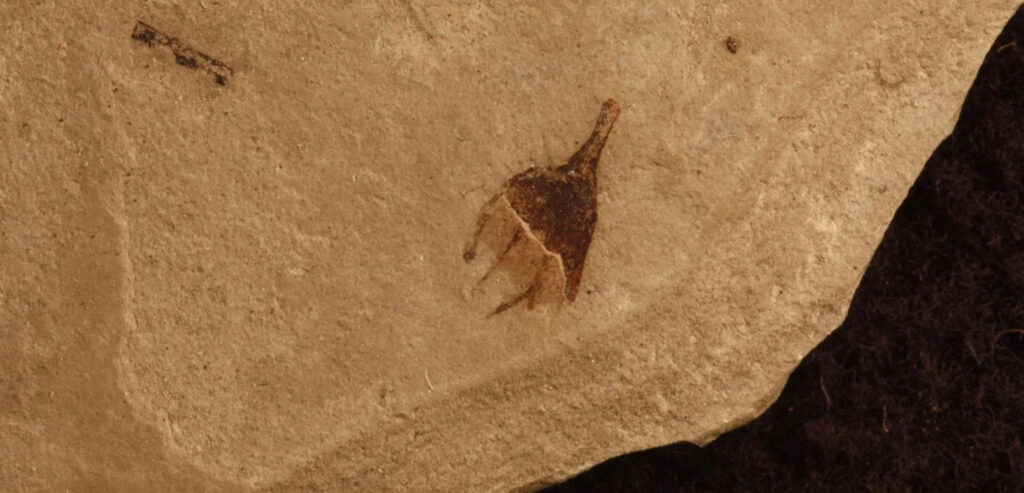
The Oldest Chile Pepper Was Found in Colorado—and It’s Around 50 Million Years Old
This finding changes the timeline and history of the nightshade family.

Mongpro/Getty Images
So it turns out that chile peppers (part of the tomato, or nightshade family) have been around for much longer than we thought. Researchers from CU Boulder have identified a fossil chile pepper that dates back to almost 50 million years ago, during the Eocene geologic epoch—and their findings have been published in the journal New Phytologist. To give some context into what was going around on Earth at that time, CU Boulder science writer Kelsey Simpkins writes that “carbon dioxide levels ranged between 700 and 900 parts per million (twice as high as they are today), and palm trees grew as far north as Alaska. Because little to no ice was present on Earth, sea level was as much as 500 feet higher than it is today.” Palm trees in Alaska? Whoa.
Anyways, back to the chile peppers. This discovery happened when Rocío Deanna, a postdoctoral researcher in ecology and evolutionary biology, and Abel Campos, an undergraduate double majoring in evolutionary biology and molecular, cellular, and developmental biology were visiting the CU Boulder Museum of Natural History in 2021. They were looking at specimens from the Green River Formation (located in northwestern Colorado and Southwestern Wyoming) when Deanna found a shape on one fossil that resembled a chile pepper. The pair found two of these fossils in museum (which came from Garfield County in Colorado) and then a third at the Denver Museum of Nature and Science (from Rio Blanco County).

Courtesy of Rocío Deanna/CU Boulder
The researchers cannot confirm the ancient chile’s shape or color, but say it’s probably smaller than present-day chile peppers and it was probably spicy. While the fossils from the CU Boulder museum were actually collected in the 1990s, the connection wasn’t made until recently because there are only a handful of “solanologists,” botanists who study the nightshade family—and it just so happened that right before she found the fossils, Deanna had returned from a global search for tomato family fossil specimens, Simpkins reports. Right time, right place, and right eye, it seems.
Before this discovery, scientists believed that chile peppers originated in South America 10 to 15 million years ago and were dispersed to other continents. The land that is present-day Colorado does not have many native nightshades and no chile peppers, so this finding shows that plants from the tomato plant family might have existed in North America 40 to 50 million years ago. It’s theorized that fruit-eating birds may have carried seeds and plants around the world, and therefore might have distributed the peppers, possibly carrying them from North America to South America.
It’s not hyperbole to say that this discovery has really rocked some scientists and researchers. “These chile peppers, a species that we thought arose in an evolutionary blink of an eye, have been around for a super long time. We’re still coming to grips with this new timeline,” said Stacey Smith, senior author of the paper and associate professor of evolutionary biology at CU Boulder.
Read the Current Issue Here!
Get one year of Sunset—and all kinds of bonuses—for just $29.95. Subscribe now!
